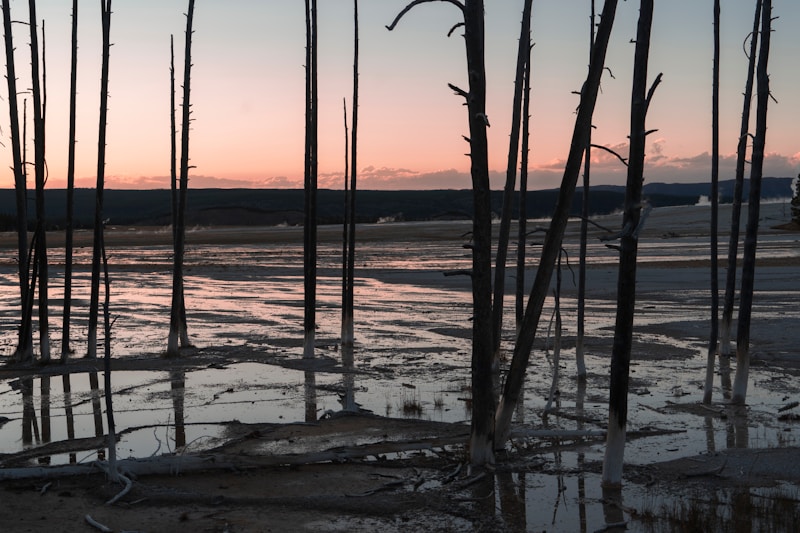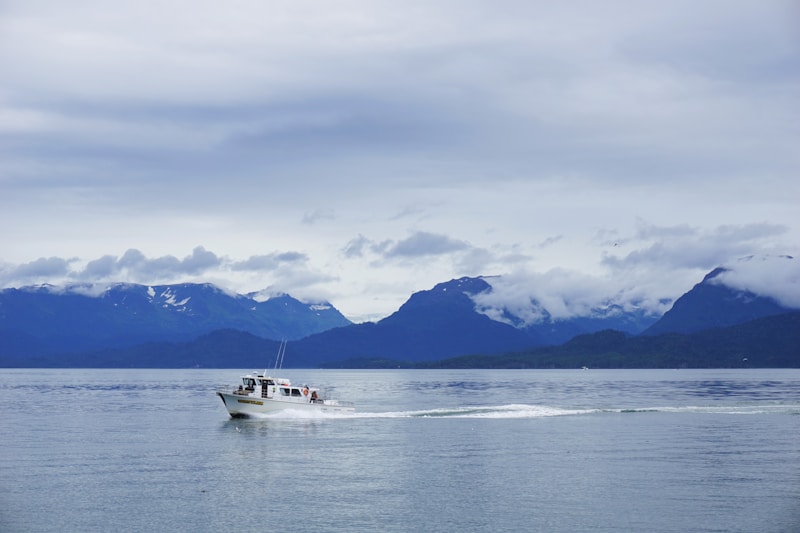Podcast
Questions and Answers
What period is characterized by a warming trend and the hunting of large marine mammals?
What period is characterized by a warming trend and the hunting of large marine mammals?
The Early Woodland People utilized bark canoes and clay in their settlements.
The Early Woodland People utilized bark canoes and clay in their settlements.
True
What were the primary tools used by the Early Archaic people?
What were the primary tools used by the Early Archaic people?
Adzes, drills, axes, chisels, bone fish hooks, harpoons, nets, needles, baskets, traps.
The three cultures during the Archaic period were Lake Forest, Mast Forest, and _____.
The three cultures during the Archaic period were Lake Forest, Mast Forest, and _____.
Signup and view all the answers
Why did people begin to cultivate agricultural food growth in New England?
Why did people begin to cultivate agricultural food growth in New England?
Signup and view all the answers
What characterized the Middle Archaic period?
What characterized the Middle Archaic period?
Signup and view all the answers
Match the following indigenous peoples with their primary industries:
Match the following indigenous peoples with their primary industries:
Signup and view all the answers
Study Notes
Archaic Period (9000-3700 BP)
- Archaic people were more sedentary than their predecessors. This allowed for a deeper understanding of the environment and the life-systems that exist in the region across seasons and over time.
- Early Archaic period (9000-8000 BP): tools included adzes, drills, axes, chisels, bone fish hooks and lines, harpoons, nets, needles for sewing clothes, baskets, traps, snares.
- Middle Archaic period (8,000-6,000 BP): characterized by warming temperatures, greater opportunity for fishing up rivers, and more deciduous trees.
- Late Archaic period (6000-3,7000 BP): continued warming trend led to the great expansion of diverse life (deer, small game, fish) as well as humans in the New England region.
- Three cultures emerged during this period: Lake Forest, Mast Forest, and Maritime Archaic.
Maritime Archaic People
- Relied on sea coastal environments, from Nova Scotia through Maine, and down the coast.
- Hunted large mammals like Caribou and deer, but also aquatic mammals, like porpoises, dolphins, walruses, seals, and killer whales.
- Consumed shellfish and sea birds for sustenance - a diverse and adaptable diet.
Lake Forest People
- Inhabited the lowlands between the mountains and the coast, the western boundary of the Great Lakes.
- Hunted deer, elk, moose, beaver, bear, small animals, and freshwater fish.
Mast Forest People
- Inhabited regions where mast bearing trees (i.e., nut bearing trees) were common, like oak trees.
- Employed small stemmed hunting tools and processing tools (mortars and pestles) for nut bearing trees.
Susquehanna People (3,700 - 3,500 BP)
- Established in New England from the south following anadromous fish, nut bearing deciduous trees, and deer as they spread northward.
- Used distinct tools different from those of previous cultures.
- During this period, a cooling trend occurred and archaeological evidence of the Susquehanna disappeared.
Early Woodland People (2,700-2000 BP)
- Two critical environmental changes lead to migration and adaptation:
- Boreal Forests forced human migration to the coast.
- Change in the coastal plain ecosystem, creation of estuaries, marshes, and barrier beaches.
- Fresh and saltwater mix created environments for abundant and diverse lifeforms with several ecological zones.
- Woodland people built settlements in the “ecotones”.
- Two important adaptations:
- Use of clay
- Bark canoes
Indigenous People and Agriculture in New England (1,300 BP)
- Reasons for cultivating agricultural food growth in New England:
- Population pressure
- Interaction with other cultures who were farming
- Greater understanding of the land
Seasons of Want and Plenty
- Temperate ecosystems, like those in New England, are tied to overlapping cycles of light and dark, high and low tides, waxing and waning moons, and especially the long and short days which mean hot and cold seasons.
- Each plant and animal species makes its adjustments to these various cycles, so that the flowing of sap in trees, the migration of birds, the spawning of fish, the rutting of deer, and the fruiting of plants all have their special times of the year.
- Plant and animal lifecycles dictate the ways people obtain food. For example: a fox's summer diet of fruit and insects shifts to rodents and birds during the winter, and so did the New England Indians seek to obtain their food wherever it was available throughout the year.
Studying That Suits You
Use AI to generate personalized quizzes and flashcards to suit your learning preferences.
Related Documents
Description
Explore the Archaic period from 9000 to 3700 BP, focusing on the sedentary lifestyle of early peoples and their tool development. Learn about the climatic changes and the emergence of three distinct cultures: Lake Forest, Mast Forest, and Maritime Archaic. Delve into the subsistence strategies of the Maritime Archaic people along the coastal regions.




